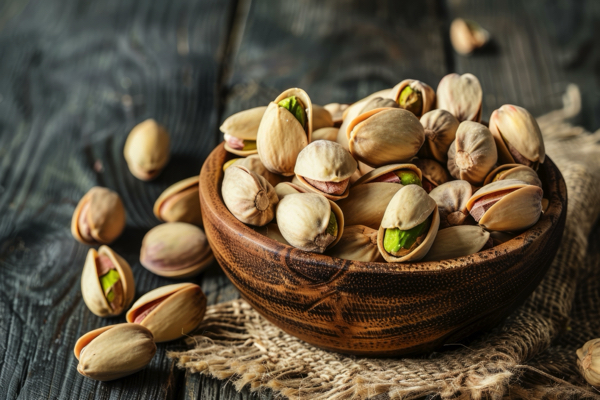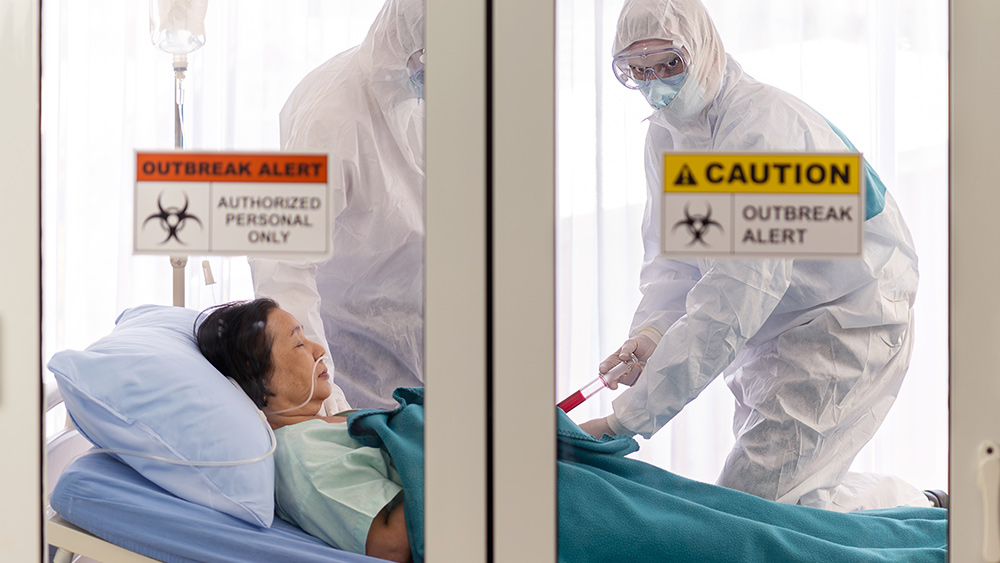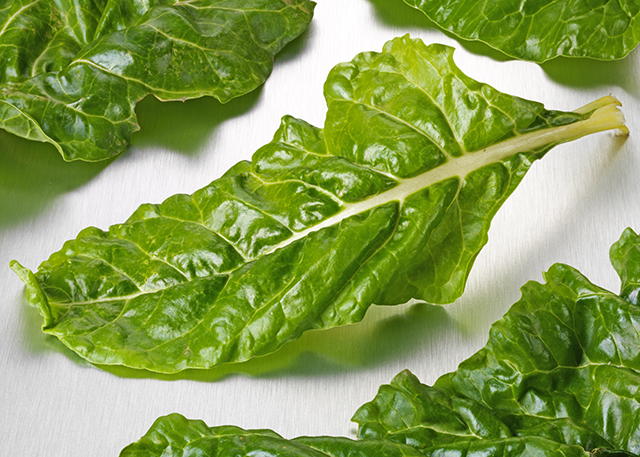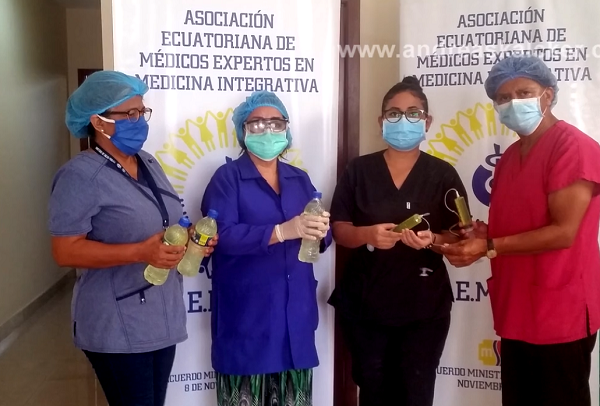Mushroom contamination: What it means for your health and what it says about the food system
08/08/2025 / By Olivia Cook

- Enoki and other mushroom products sold in Michigan, New York and Ohio were pulled from shelves due to potential Listeria monocytogenes contamination, a dangerous foodborne bacterium.
- Listeria can cause serious illness, especially in pregnant individuals, newborns, older adults and those with weakened immune systems.
- Contamination isn’t always visible. Odorless, tasteless and colorless bacteria like Listeria often go unnoticed in fresh produce.
- Contamination can happen during growth, harvest, packaging and transport – through airborne spores, dirty water, unsanitary equipment or human handling.
- Stay safe by checking recall lists, washing hands and surfaces after handling produce, cooking mushrooms thoroughly and discarding any bag that smells off, feels slimy or has mold spots.
Mushrooms are often seen as quiet heroes of the grocery aisle – unassuming, earthy and bursting with umami flavor. They’re rich in antioxidants, B vitamins, fiber, protein and selenium. They’ve earned a place in everything from gourmet meals to plant-based diets, touted for boosting immunity and brain health. (Related: Live longer and prevent disease by adding mushrooms to your diet.)
But this summer, that wholesome reputation took a hit.
Fresh mushrooms sold in Michigan, New York and Ohio have been recalled due to potential Listeria monocytogenes contamination. It’s not the first recall of its kind and likely won’t be the last. But the deeper concern is this: Do you really understand how food contamination happens, what it means for your health and what it says about the food system?
The recall
The U.S. Food and Drug Administration (FDA) announced that Wiet Peeters Farm Products and LLK Trading Inc. issued recalls for several mushroom products due to potential Listeria contamination. The items pulled from shelves included:
- Aunt Mid’s Fresh Sliced Mushrooms (227g, blue packaging)
- Peeters Cremini Sliced Mushrooms (227g, black packaging)
- Peeters Thick Slice Mushrooms (10lb box)
- LLK Needle (Enoki) Mushrooms (200g, clear plastic)
No illnesses have been reported at the time of the recall but the risk is not to be underestimated, especially for high-risk groups like pregnant women, newborns, the elderly and immunocompromised individuals.
What is Listeria?
Listeria monocytogenes is a stealthy bacterium. It flourishes in damp, refrigerated environments, which is exactly how mushrooms are stored and shipped. You won’t smell it. You won’t see it. You won’t taste it. But once consumed, it can lead to a potentially fatal illness called listeriosis.
Symptoms include:
- Fever, chills and muscle aches
- Nausea and gastrointestinal issues
- Confusion, seizures or meningitis in extreme cases
- Pregnancy complications, including miscarriage or stillbirth
What makes Listeria especially tricky is its long incubation period. Symptoms can take days or even weeks to appear, making the source difficult to trace.
Signs of mushroom spoilage
While bacteria like Listeria can lurk invisibly, other signs of mushroom spoilage are easier to spot if you know what to look for. Trust your senses – they’re your first line of defense:
Odor
Fresh mushrooms should have a light, earthy smell – clean and neutral. If your mushrooms smell sour, fishy or like ammonia, that’s a strong sign of bacterial spoilage. Mushrooms may develop damp, discolored spots that emit a foul or fermented odor.
Texture
Mushrooms contain natural moisture, but if they feel excessively slimy, sticky or greasy, it’s a red flag. This often happens when mushrooms are stored in sealed plastic, where trapped humidity accelerates decomposition.
Visual clues
Keep an eye out for mold growth or unusual discolorations. Here are some common troublemakers:
- Black mold: Dark specks or a fuzzy black coat. Always considered unsafe. Discard immediately.
- Blue-green mold: Blotchy areas near gills or stems. Some strains may produce toxins.
- Cobweb mold: Thin, white, wispy filaments, often mistaken for mycelium (the root-like network of fungal threads that help mushrooms grow and absorb nutrients); typically appears when mushrooms are stored in overly humid conditions.
- Green mold: Fuzzy green patches, often Penicillum species – a sign of aging or poor storage.
- Lipstick mold: Pink or reddish patches on caps or stems; may cause allergic reactions and signals spoilage.
- Red bread mold: Bright red or orange streaks that spread rapidly in high-moisture environments.
- Bacterial blotch: Look for sticky, oily patches or yellowish lesions, especially on button or cremini mushrooms.
How contamination happens
The journey from the mushroom farm to the fridge is more complex and vulnerable than most people realize. Here’s how contamination creeps in:
- Substrate contamination: The organic material mushrooms grow on may contain harmful microbes if not properly treated.
- Water issues: Contaminated irrigation or washing water is a top vector for Listeria.
- Airborne spores: Mold spreads quickly in humid, poorly ventilated grow houses.
- Unclean equipment: Shared packaging lines can pass contamination between batches.
- Human contact: Improper hygiene or handling spreads microbes, even with gloves.
Because brands often share distributors, packages and transport routes, contamination in one facility can affect multiple products or retailers.
Protecting yourself is not complicated. It just takes awareness. Here’s how to reduce your risk:
- Check recall notices regularly.
- Inspect mushrooms at the store. Skip soggy packaging, visible mold or off-putting smells.
- Store smartly. Use breathable containers (like paper bags), not plastic, to prevent moisture build up.
- Clean hands and surfaces. Wash cutting boards, knives and your hands after handling fresh produce.
- Cook mushrooms thoroughly. When possible, cook mushrooms, especially enoki and others used in hot pots or soups, to reduce bacterial risks.
This mushroom recall is a teachable moment – not to inspire fear but to promote informed awareness.
Whether you’re a busy parent, a culinary explorer or a wellness junkie, knowing how contamination happens – and what to look for – makes you a smarter, safer consumer.
Watch this video to learn more about mushroom contamination.
This video is from the Daily Videos channel on Brighteon.com.
More related stories:
Oyster mushrooms: Nutrient-packed superfoods with ancient roots.
Nutrient-rich mushrooms can significantly lower the risk of cognitive decline.
Mushrooms: The underestimated superfood.
Sources include:
Submit a correction >>
Tagged Under:
bacterial contamination, clean food watch, Contaminated Food, Dangerous, FDA, food collapse, food safety, food supply, grocery, infections, listeria, mold, Mushroom, mushroom spoilage, outbreak, Product recall, products, stop eating poison
This article may contain statements that reflect the opinion of the author





















